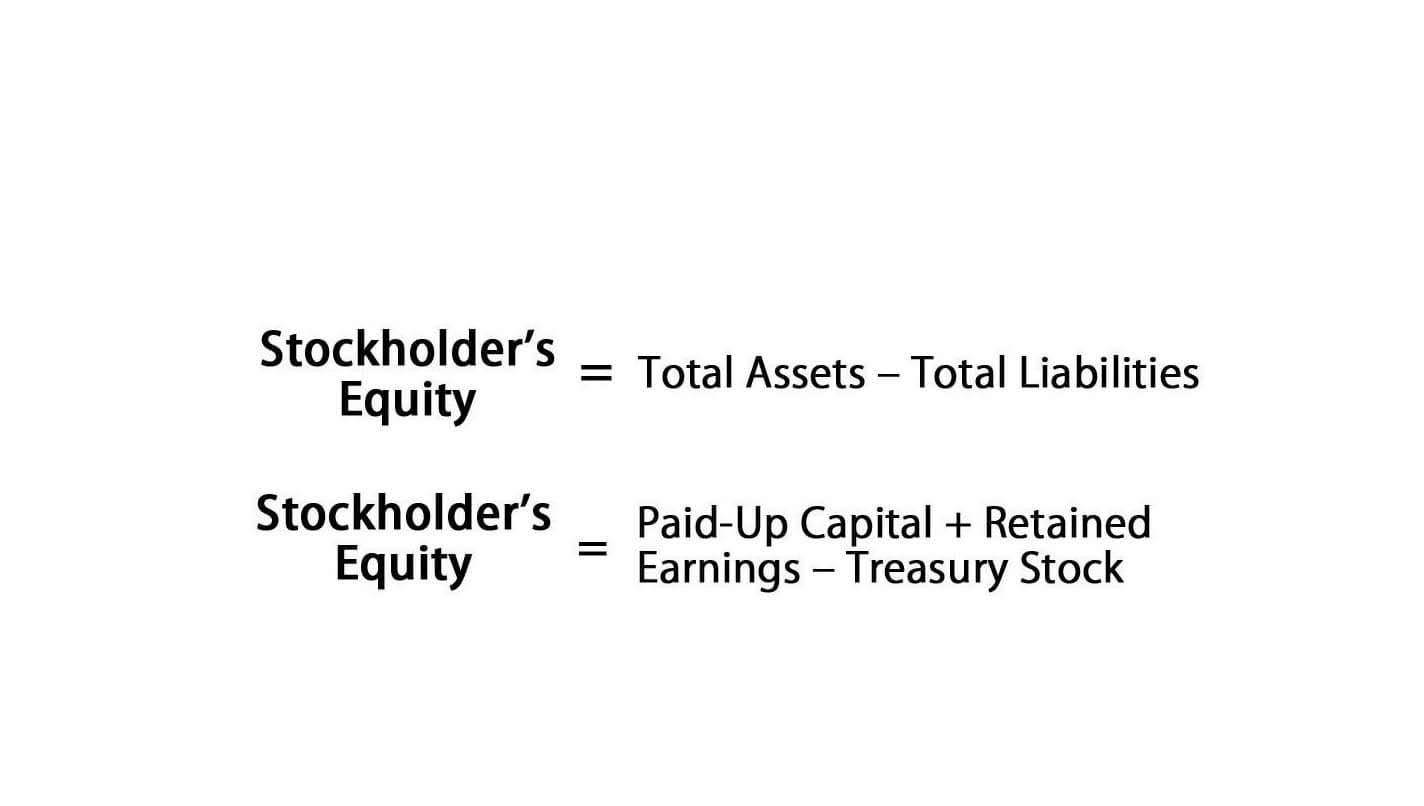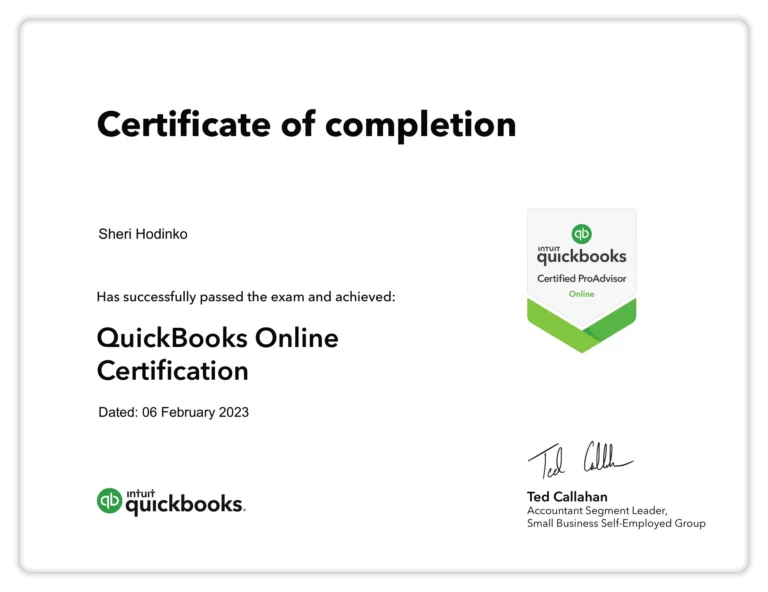What Is Obsolete Inventory, and How Do You Account for It?

When the obsolete inventory is finally disposed of, both the inventory asset and the allowance for obsolete inventory is cleared. In our example on inventory write downs, an allowance for obsolete inventory account is created when the value of inventory has to be reduced due to obsolescence. This method involves estimating the percentage of sales that will be lost due to excess inventory. The percentage of sales is then multiplied by the total sales revenue to arrive at the amount of the excess inventory reserve.
Accounting for Obsolete Inventory
This can lead to a decrease in the value of the company’s assets and negatively impact its financial statements. To mitigate these risks, auditors must perform a thorough review of the company’s inventory valuation and obsolescence procedures. The need for an inventory obsolescence reserve arises when the inventory is expected to lose value over time or when the market demand for the product changes, rendering the inventory obsolete. Under the allowance method, we record and estimate inventory reserves based on experience.

Related Best Practices
- There are a number of reasons why a company doesn’t want to hang onto obsolete inventory.
- It is created when there is a possibility that some of the inventory will not be sold and will have to be written off.
- Inventory is counted as an asset, and inventory reserve is counted as a contra asset, in that it reduces the net amount of inventory assets at the company.
- A write-down occurs if the market value of the inventory falls below the cost reported on the financial statements.
- Understanding what inventory reserve is and how it’s applied in accounting is necessary if you’re strictly adhering to the US GAAP.
It also affects inventory turnover ratios, indicating lower efficiency in inventory management. Obsolete inventory is inventory that a company still has on hand after it should have been sold. When inventory can’t be sold in the markets, it declines significantly in value and could be deemed useless to the company. To recognize the fall in value, obsolete inventory must be written-down or written-off in the financial statements in accordance with generally accepted accounting principles (GAAP). From a materials management perspective, existing practices for identifying and reserving excess and obsolete inventory tend to be reactive.
What Is Inventory Reserve? Purpose & Use in Accounting
There are two reasons why inventory reserves are important in financial reporting. Even small businesses can benefit from inventory reserves when there are sudden declines in inventory values. inventory obsolescence reserve Since GAAP mandates immediate recognition of any obsolescence as soon as it is detected, you may have a struggle enforcing immediate recognition over the objections of management.

Accounting Ratios
Generally Accepted Accounting Principles (GAAP) rules require you to account for the loss promptly in your bookkeeping. On the other hand, the inventory such as cloth, may not expire or be damaged but it may be out of date. There are a number of reasons why a company doesn’t want to hang onto obsolete inventory.

Inventory reserves, also known as inventory allowances or write-downs, are used to account for the decrease in inventory value due to various factors. In the United States, GAAP requires that inventory is stated at replacement cost if there is a difference between the market value and the replacement value, but upper and lower boundaries apply. This is known as the lower of the cost and market value methods of inventory valuation.
How to Calculate the Obsolete Inventory Percentage
- Inventory write-down will impact the income statement as the expense that reduces company profit.
- Such a situation would usually occur because of a negative change in the market value of the inventoried asset.
- Inventory may become obsolete over time, and so must be removed from the inventory records.
- We do not record any expense as the company already estimate and record in the prior month.
- GAAP and IFRS call for true and correct representation of material assets (inventory and WIP) of the reporting company.
- They may be in the form of holding costs, storage costs, shrinkage costs, or any type of cost arising from a decrease in the value of the inventoried assets.
Comentarii recente